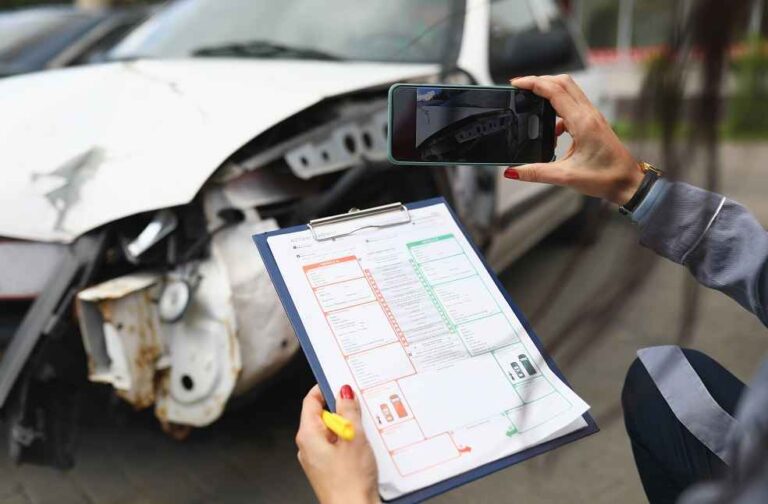United States government is set to enhance vehicle crash ratings by incorporating advanced safety technologies, a significant update aimed at improving both driver and pedestrian safety. These changes, mandated by the 2021 bipartisan infrastructure law, will take effect starting with the 2026 model year.
The National Highway Traffic Safety Administration (NHTSA) has finalised these updates, which include introducing pedestrian automatic emergency braking, lane-keeping assist, blind spot warning, and systems to prevent vehicles from moving into another vehicle’s blind spot. These additions mark a shift in the evaluation criteria for automobiles, focusing not only on protecting occupants during collisions but also on reducing the likelihood of accidents altogether.
Strengthened Testing and New Standards
The new vehicle crash ratings will retain the familiar five-star system, but consumers will now have additional insights into a vehicle’s safety features through green check marks displayed on NHTSA’s website. These marks indicate that the vehicles have passed government-mandated safety standards. Initially, these features will receive a pass or fail grade, with comparative scores introduced later.
NHTSA has also bolstered the requirements for technologies already included in the ratings, such as automatic emergency braking. The updated standards demand rigorous performance benchmarks, with automatic emergency braking set to become mandatory on all passenger vehicles by 2029.
Addressing Pedestrian Safety
Recognising the surge in pedestrian fatalities, NHTSA will implement design standards aimed at mitigating injuries to pedestrians. Vehicles will need to meet minimum thresholds for injury prevention, particularly at speeds of 25 mph (40 km/h). These regulations align with measures already enforced in Europe, reflecting a global push towards safer vehicle designs.
Industry Response and Consumer Impact
The automotive industry has welcomed the updates, with trade groups emphasising the need for predictable and frequent updates to accelerate investment in safety technologies. Automakers are expected to leverage these enhanced vehicle crash ratings to gain a competitive edge, pushing for widespread adoption of both standard and optional safety features.
For consumers, these updates mean greater transparency and assurance that vehicles meet stringent safety requirements. This enhanced evaluation system encourages buyers to prioritise advanced safety technologies, fostering a market-driven approach to vehicle safety improvements.
Progress and Future Outlook
NHTSA highlights the success of its crash ratings program, first implemented in 1978, in reducing traffic-related fatalities and injuries. However, the rise in pedestrian deaths over the past two decades underscores the need for continued advancements. While fatalities within vehicles have declined, pedestrian deaths have risen by 51% since 2001, with over 7,300 pedestrian fatalities reported in 2021.
The updated vehicle crash ratings represent the first in a series of regulations the Transportation Department plans to introduce under the Biden administration. These efforts reflect a broader commitment to making U.S. roads safer for all users, aligning with global standards and addressing evolving safety challenges.
As these measures are implemented, they are expected to not only save lives but also reshape consumer expectations and industry practices, creating a safer transportation landscape.
OBSERVATION | Automotive Waste: Challenges and Sustainable Solutions





